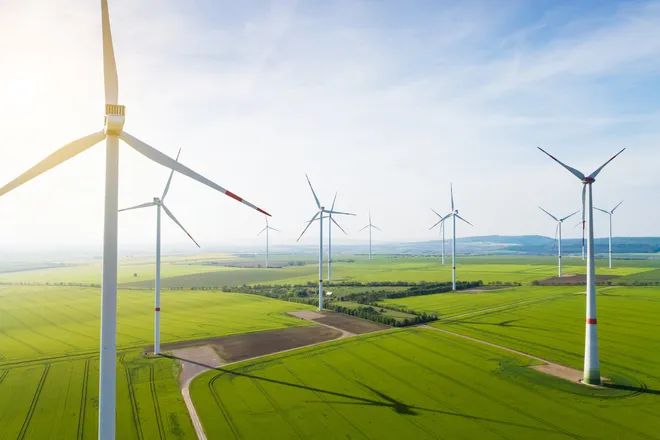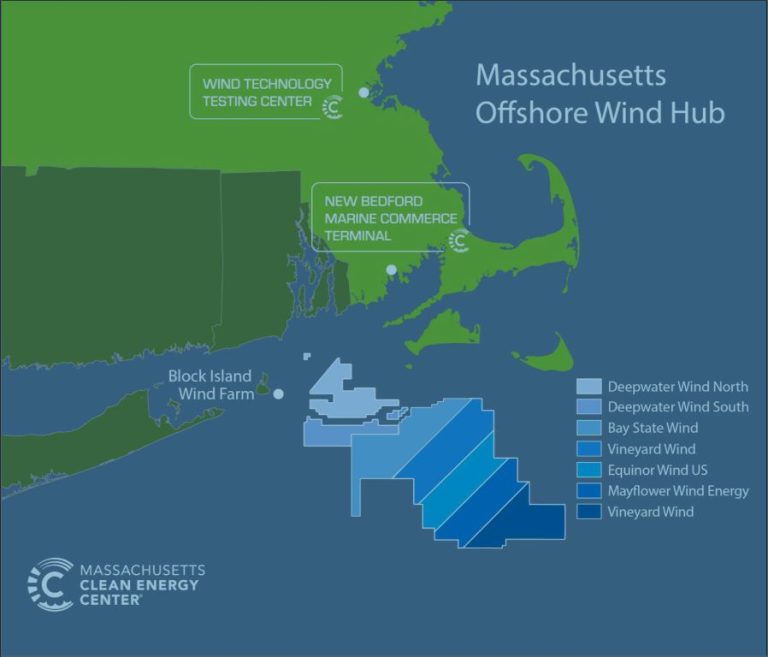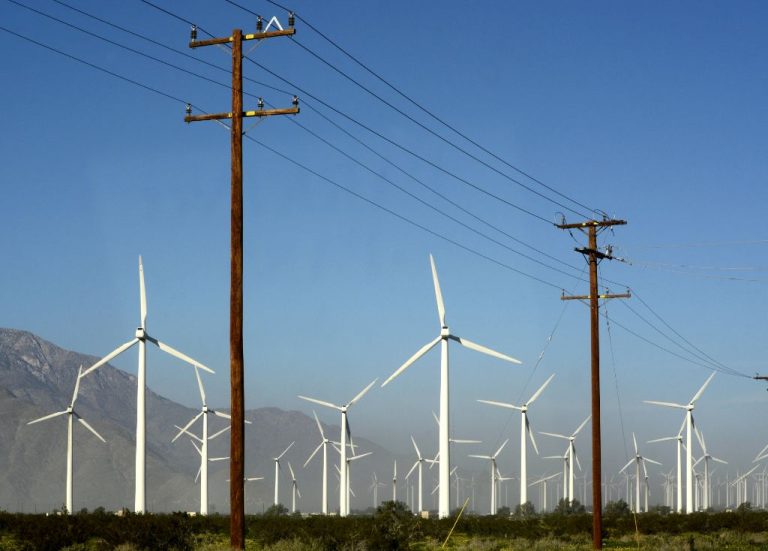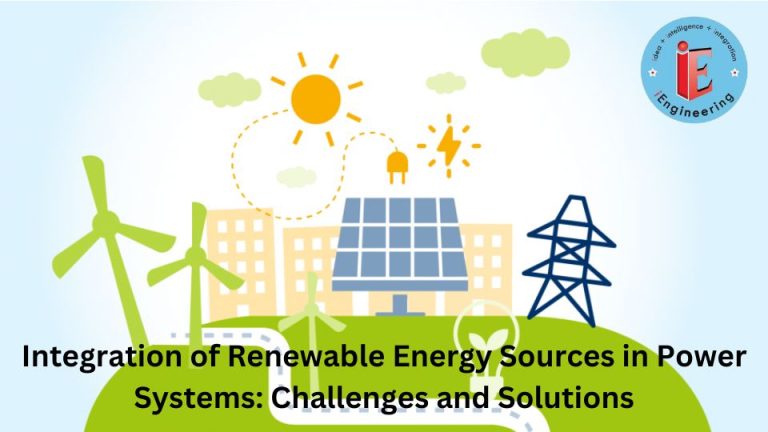Which State Has Highest Potentiality Of Wind Energy?
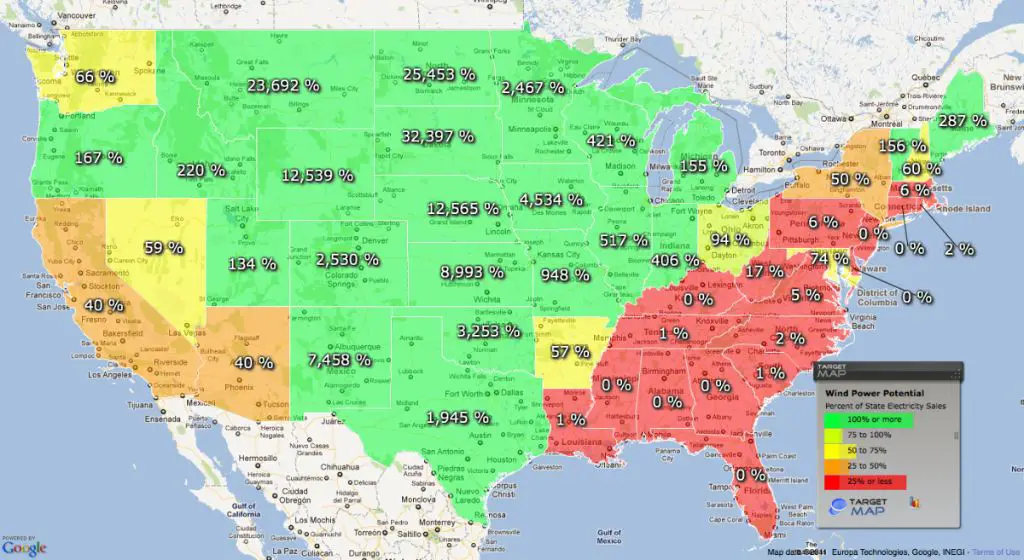
With climate change and alternative energy revolution, wind energy has emerged as one of the most promising renewable energy sources. Wind power is clean, infinite, efficient and cost-effective. Assessing the wind energy potential for each state is crucial to determine the viability of large-scale wind farms, attract investments and infrastructure, and utilize this free resource optimally.
Wind flow patterns are complex and depend on geographical location, onshore/offshore sites, weather patterns and other factors. Evaluating the wind speed, frequency, density and constancy at a given site reveals its potential to generate wind power cost-effectively. Some states have more ideal conditions and higher capacity factors than others.
Understanding the highest wind power potential states guides policy, research and investments into the regions that can maximise this renewable technology. This analysis will rank the top five states with the highest wind energy potential based on wind speed, density and other factors.
Wind Energy Overview
Wind energy is a renewable energy source that utilizes the wind to generate mechanical power or electricity. Wind turbines convert the kinetic energy in wind into mechanical power that can be used directly for specific tasks or converted into electricity by generators (1).
Wind turbines typically have three main components: a tower, nacelle, and rotor. The tower elevates the turbine above obstacles to access higher wind speeds. The nacelle sits atop the tower and contains the gearbox, generator, controller, and brake. The blades of the rotor face into the wind to capture kinetic energy and rotate the shaft connected to the gearbox and generator to produce electricity (2).
Some key benefits of wind energy include:
- Renewable – Wind is continuously replenished and will never run out.
- Clean – Wind energy produces no air or water pollution.
- Cost-effective – New wind turbines are inexpensive to operate and have virtually no fuel costs.
- Reliable – Improvements in turbine technology have dramatically increased reliability.
- Abundant – Wind is plentiful in many parts of the world.
Overall, wind energy is a sustainable, clean source of renewable power that offers many environmental and economic benefits.
Measuring Wind Energy Potential
There are several key factors that determine the wind energy potential for a given area, including:
Wind Speed – Areas with consistently high average wind speeds (e.g. 10 mph or greater) have the greatest potential for harnessing wind energy. Wind power density increases exponentially with wind speed. According to the U.S. Department of Energy, class 3 winds or greater are suitable for most utility-scale wind turbines. (Source)
Topography – Areas with flat or open terrain and higher elevations generally experience greater wind speeds. Ridges, open plains, shorelines, and mountain passes are particularly good sites. Obstacles like forests, buildings, and uneven terrain create turbulence and reduce wind speeds. (Source)
Population Density – Less populated areas are preferred as they allow for larger, utility-scale wind farms that can connect to transmission lines for wider electricity distribution. More densely populated areas may only allow smaller scale turbines. (Source)
Other factors like access to transmission infrastructure, electricity demand, policies, incentives, and regulations also impact the viability of wind energy in a region.
Data and Methodology
This analysis utilizes data from the U.S. Department of Energy’s WindExchange to assess the wind energy potential of each state. The WindExchange provides wind resource maps, information on the development of wind energy in each state, and interactive data mapping tools. Specifically, the annual average wind speed at 80 meters height is used as the primary metric for comparing wind energy potential between states.
In addition, data from the American Clean Power Association’s market reports is used to analyze current installed wind capacity in each state. By comparing existing wind farms to the total wind resource potential, conclusions can be made about which states have the greatest remaining potential for wind energy development.(American Clean Power Association)
The methodology involves aggregating and analyzing these data sources to rank the top states based on their technically available windy land area and average wind speeds. Qualitative factors like state policies, population density, and electricity demand are also considered for their impact on future wind farm development.(WindExchange State Rankings)
Top 5 States by Wind Energy Potential
Here are the top five states with the highest potential for onshore wind energy development:
[1] Texas has the highest potential for wind energy, with estimated potential capacity over 1,300 billion kWh annually. Texas currently produces the most wind power of any state.
[2] Wyoming ranks second for onshore wind potential, with capacity over 1,100 billion kWh possible each year. However, Wyoming produces far less wind energy than its potential due to reliance on fossil fuels.
[3] Kansas comes in third, with the potential to produce over 900 billion kWh per year from wind.
[4] New Mexico has the the fourth highest potential capacity at around 900 billion kWh annually.
[5] Nebraska rounds out the top five with wind energy potential of over 700 billion kWh per year.
Texas Overview
Texas has the highest wind energy potential in the United States. The state has vast open plains, plateaus, and mountain ranges that provide ideal conditions for wind farms. According to the American Wind Energy Association, Texas has over 14,000 wind turbines across the state and leads the nation in wind energy production with over 27,000 megawatts of wind power capacity as of 2019 (Source).
Some of the largest wind farms in Texas include the Roscoe Wind Farm with 627 turbines and the Horse Hollow Wind Energy Center with 421 turbines. Texas also has the distinction of having some of the earliest commercial wind farms in the country dating back to the 1990s.
The abundant wind resources combined with strong policy incentives and investments in transmission lines make Texas the top state for wind energy potential. The Texas Renewable Portfolio Standard helped drive the early growth by requiring utilities to source a certain percentage of power from renewables. Continued expansion of wind projects in Texas will be critical for the state to meet its goal of generating 50% of its electricity from renewables by 2030.
Texas – The State with the 2nd Highest Wind Energy Potential
Texas has emerged as a national leader in wind energy production. The Wikipedia article notes that the state generated over 13,000 GWh of wind energy in 2016, meeting about 15% of the state’s electricity demand. With abundant wind resources, Texas has seen massive growth in wind farms and turbines over the past decade.
According to the Department of Energy, Texas has the greatest wind energy potential capacity, estimated at over 1.3 million MW. The state’s main wind corridor is along the Gulf Coast region, which benefits from strong offshore winds. Major wind projects can be found in West Texas and the Panhandle as well. Overall, Texas offers high wind speeds, large amounts of open land, and proximity to major urban load centers.
Looking ahead, Texas is expected to continue rapidly expanding its wind energy production. With plentiful open space for additional wind farms and improvements in turbine technology and height, the state has the potential to generate over 80,000 MW of wind power. Texas’s leadership in wind energy makes it well positioned economically and environmentally for the future.
Minnesota – The State with the 3rd Highest Wind Energy Potential
Minnesota has emerged as one of the nation’s leaders in wind energy generation. According to the American Wind Energy Association, Minnesota ranks 7th among all states for installed wind capacity, with over 4,000 MW as of 2021 (source). The state has ideal conditions for harnessing wind power, with consistent wind speeds and vast open spaces.
A report by the National Renewable Energy Laboratory identified Minnesota as having the 3rd highest potential for land-based wind energy generation in the United States. Several factors contribute to Minnesota’s high wind power potential, including the state’s location in the wind belt of the Great Plains and proximity to the Moorhead low and other topographical features that accelerate wind speeds (source).
Much of Minnesota’s wind development has occurred in the southwest region, but areas around the Twin Cities and northern Minnesota also hold promise. As of 2021, Minnesota had 48 wind projects online with a capacity of over 4,000 MW. Wind accounted for 26% of Minnesota’s electricity generation mix in 2020. With plentiful wind resources and supportive policies, Minnesota is poised for continued growth in wind energy.
Future Outlook
According to the U.S. Department of Energy’s 20% Wind Energy by 2030 report, wind power is projected to provide 20% of U.S. electricity by 2030. This would require significant growth, with cumulative installed wind power capacity reaching over 300 gigawatts. Key factors enabling this growth include cost reductions from technology advances, expanded transmission infrastructure, and supportive government policies.
The U.S. DOE’s Wind Vision report provides projections even further out to 2050. Under the Wind Vision scenario, wind could supply 35% of U.S. electricity and support over 600,000 jobs in the wind industry by 2050. Realizing this vision would require continued technological innovation leading to increased capacity factors and lower costs. Expanding wind manufacturing domestically can also help drive growth.
Globally, the International Renewable Energy Agency’s report Future of Wind forecasts installed offshore wind capacity growing almost ten-fold by 2030. Realizing the tremendous potential for offshore wind, especially along U.S. coastlines, will require policies supportive of its development and costs reductions. Overall, the future outlook for wind energy remains very strong, both in the U.S. and worldwide.
Conclusion
In conclusion, this analysis found that Texas has the highest potential for wind energy generation in the United States. With abundant wind resources, large amounts of open land, and supportive policies, Texas is primed to continue expanding its wind energy production. Other top states include Kansas, Oklahoma, North Dakota, and Iowa. Each of these states has unique advantages for wind power, but also faces challenges in building out more wind farms.
Key takeaways from the research into state wind energy potential include:
- Wind power potential correlates strongly with wind speed and the availability of open rural land.
- State renewable energy incentives and regulatory policies also play a major role in wind development.
- Transmission infrastructure and access to energy markets influence how much wind capacity gets built.
- The Great Plains region from Texas to North Dakota has consistently high wind speeds.
- Wind power advancement faces challenges including permitting processes, wildlife impacts, public opinion, and transmission bottlenecks.
- Continued technological improvements are allowing for increased wind turbine efficiency and capacity factors.
With the growth of wind power across many states, the U.S. is positioned to continue expanding renewable energy production. Harnessing state wind potential can lead to economic development, grid reliability, and reduced carbon emissions nationwide. However, thoughtful policy and planning will be necessary to balance wind energy advancement with wildlife, land use, and transmission concerns.

